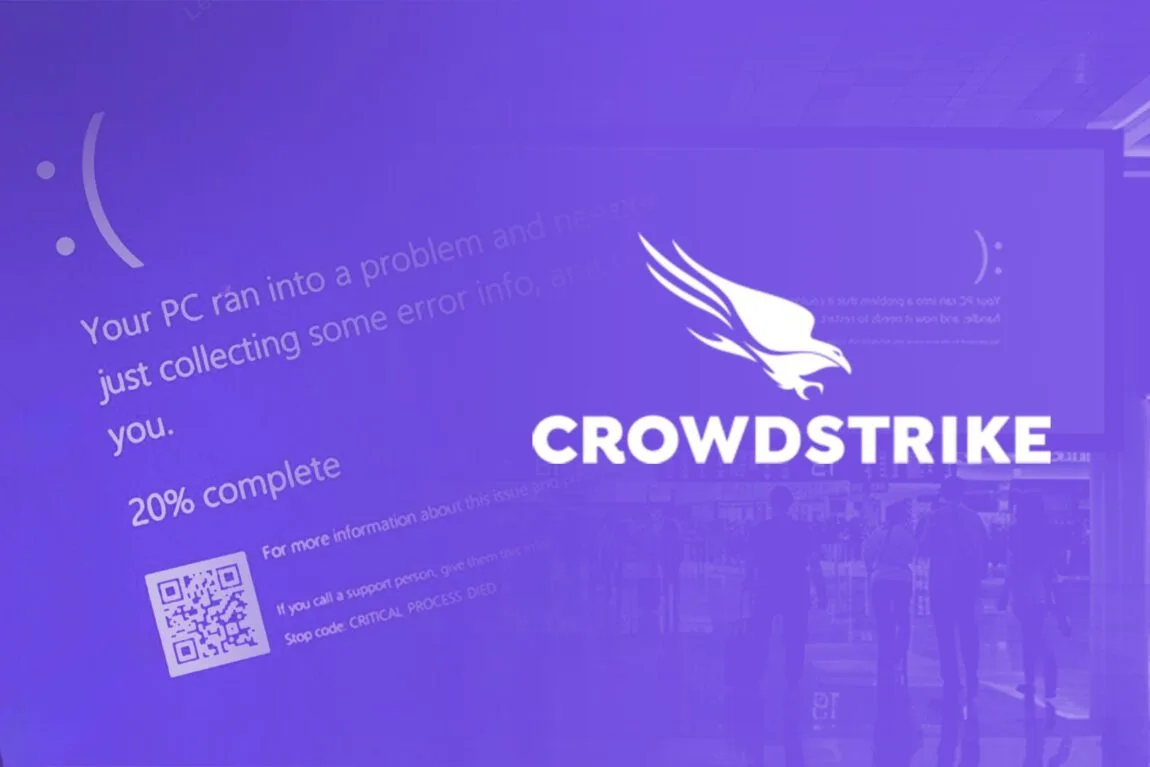Contracts are the bedrock of countless business relationships, outlining expectations and obligations. But even the most meticulously crafted agreements may need to be terminated due to unforeseen circumstances, a breach of terms, or a shift in business needs.
Understanding how to end a contract effectively is crucial for navigating these situations and protecting your interests. The key to a smooth termination lies in the early stages of the agreement: the contract review. By thoroughly examining termination clauses and potential hurdles upfront, you can approach the end of an agreement with greater clarity and avoid unexpected complications.
This article will equip you with the knowledge to navigate contract termination with confidence. We’ll explore the different reasons for termination, the key steps involved, and some best practices to ensure a smooth and compliant process.
Contract Termination Explained: Ending Agreements Before Completion
Imagine a contract as a roadmap for a business collaboration. It lays out the terms, expectations, and duration of the partnership. However, just like any journey, there may come a time when the destination is reached, the path becomes unexpectedly blocked, or the travel companions simply need to go their separate ways.
This is where a termination of contract comes in. It’s the legal process of formally ending a contract before all obligations have been completed by all parties involved.
Reasons for Contract Termination
Sticking with our journey analogy, just like a road trip can take unexpected detours, contracts can sometimes need to end before the originally planned conclusion.
There are some common reasons that can trigger a contract termination.
- Breach of contract. This is a big one. If a party fails to uphold their obligations or acts against the agreement’s terms, the other party has the right to terminate and potentially seek compensation for damages.
Real life example: A bakery contracted a renovation for their kitchen to be completed before a critical event. When deadlines were repeatedly missed, the bakery was forced to terminate the agreement and hire another contractor to avoid delays and potential financial losses.
- Impossibility of performance. Sometimes, unforeseen events make fulfilling the contract impossible. Imagine a law change rendering the agreed-upon actions illegal. In such cases, both parties might need to terminate to avoid legal trouble.
Real life example: An architectural firm secured a project to design an eco-friendly building. However, a new regulation mandated a different architectural style, making the original agreement impossible to fulfill. Both parties terminated the contract and renegotiated based on the new requirements.
- Mutual agreement. Not all endings are bad. If both parties find the contract isn’t delivering value or working well, they can agree to an early end of contract. This can be common in situations where working together proves difficult.
Real life example: A clothing store hired a social media influencer to promote their new line. The campaign underperformed, failing to meet the store’s expectations. Both sides agreed to an early termination of the contract, allowing the store to find a better fit and the influencer to focus on clients aligning with their style.
- Termination clauses. Most contracts include specific clauses outlining termination rights and procedures. These might cover situations like insolvency, not reaching performance milestones, or unforeseen circumstances.
Real life example: A contract for office supplies included a clause allowing termination if the supplier delivered broken furniture. This protected the buyer from receiving unusable products and ensured a smooth operation. Termination clauses can also benefit sellers, allowing them to terminate if the buyer fails to make payments on time.
Understanding Termination Clauses
As mentioned above, contracts typically include specific clauses outlining how and when the agreement can be terminated. These clauses act as pre-determined exit signs on the business roadmap, guiding both parties through the termination process.
Let’s break down some common termination clause types.
- Termination for cause. This clause kicks in when a party’s actions (or lack thereof) breach the contract or significantly hinder its performance. Imagine a supplier consistently delivering faulty goods – a termination for cause clause allows the buyer to end the agreement due to this breach.
- Termination for convenience. This clause offers more flexibility. It allows either party to terminate the contract without needing to prove a breach by the other party. Think of it as a mutual off switch for situations where the agreement no longer suits either party’s needs. However, a termination for convenience clause typically requires following specific procedures, such as providing a set amount of notice.
- Material breach vs. minor breach. Not all breaches are created equal. Termination for cause clauses often differentiate between material breaches that significantly hinder the contract, and minor breaches that can be addressed through adjustments. For instance, a one-time late payment might be considered a minor breach, while repeated delays could be a material breach.
- Specific performance clauses. In some cases, a contract might prioritize enforcing the agreement as originally written rather than terminating it. ‘Specific performance clauses’ outline remedies in case of a breach, such as requiring a party to complete a promised action.
It’s important to remember that these are just some of the most common termination clause types. Contracts can be highly customized, and the specific clauses will vary depending on the agreement and the involved parties.
How to Avoid Contract Termination
While understanding termination clauses is crucial, the ideal scenario is to avoid contract termination altogether.
Here are some key strategies to help you navigate the road less traveled.
- Clarity is key. Ensure your contracts are clear, concise, and well-drafted. Ambiguous language can lead to misunderstandings and potential disputes down the line. Clearly define your expectations, obligations, and termination clauses to minimize the risk of disagreements.
- Negotiate wisely. During the contract negotiation phase, pay close attention to termination clauses. Negotiate for fair and balanced terms regarding termination rights and procedures. This includes considering both termination for cause (due to breach) and termination for convenience (without needing to prove a breach).
- Manage expectations. Open communication is vital throughout the life of the contract. If you foresee any potential issues that could lead to termination, address them proactively with the other party. Early intervention can often prevent minor issues from escalating into major problems.
- Monitor performance. Keep track of your performance obligations under the contract, and ensure the other party is doing the same. Address any deviations from the agreed-upon terms promptly to avoid a potential breach that could trigger termination.
- Consider AI contract review. AI-powered contract review platforms can be a valuable asset in avoiding contract termination. These platforms can review your contracts with exceptional speed and accuracy, helping you identify key termination clauses and potential risks associated with them. This allows you to proactively address potential issues before they become roadblocks and threaten the continuation of the agreement.
Navigating the Exit: How to Terminate a Contract
So, you’ve determined you need to terminate a contract. Before diving into the process, take a deep breath! Terminating a contract can feel complex, but with a clear understanding of the steps involved, you can approach it with confidence.
Here’s a roadmap to guide you through the termination process.
- Grounds for termination. The first step is to ensure you have legitimate grounds for termination. Look to the contract itself – most will outline specific scenarios under which termination is permitted. Breach of contract is a common ground, but the severity of the breach will matter. A minor oversight might not warrant termination, while a major breach that undermines the entire agreement could be reason to end it. If you’re unsure, consulting with a lawyer is always advisable.
- Termination notice. Once you’ve established your grounds, it’s time to draft a termination notice. This written document formally informs the other party of your intent to terminate and explains the reasoning behind it. While there’s no one-size-fits-all template, the notice should typically include:
- A clear statement of termination
- The reason for termination, referencing specific clauses in the contract if applicable
- The effective termination date (if applicable)
- Any necessary next steps
Many contracts will have specific requirements for the termination notice, such as a designated delivery method or a required notice period. Always refer to the contract itself to ensure you’re following the proper procedures.
- Delivering the notice. With your termination notice drafted, it’s time to deliver it to the other party. Again, refer to the contract for specific instructions on how and where to send the notice. Following these steps ensures you’ve properly initiated the termination process.







By entering your email, you agree to our Terms & Conditions and Privacy Policy.